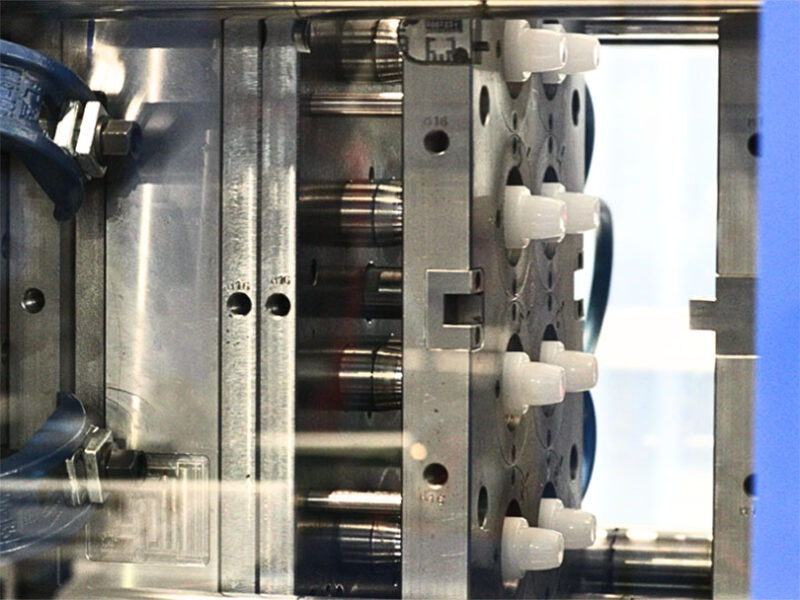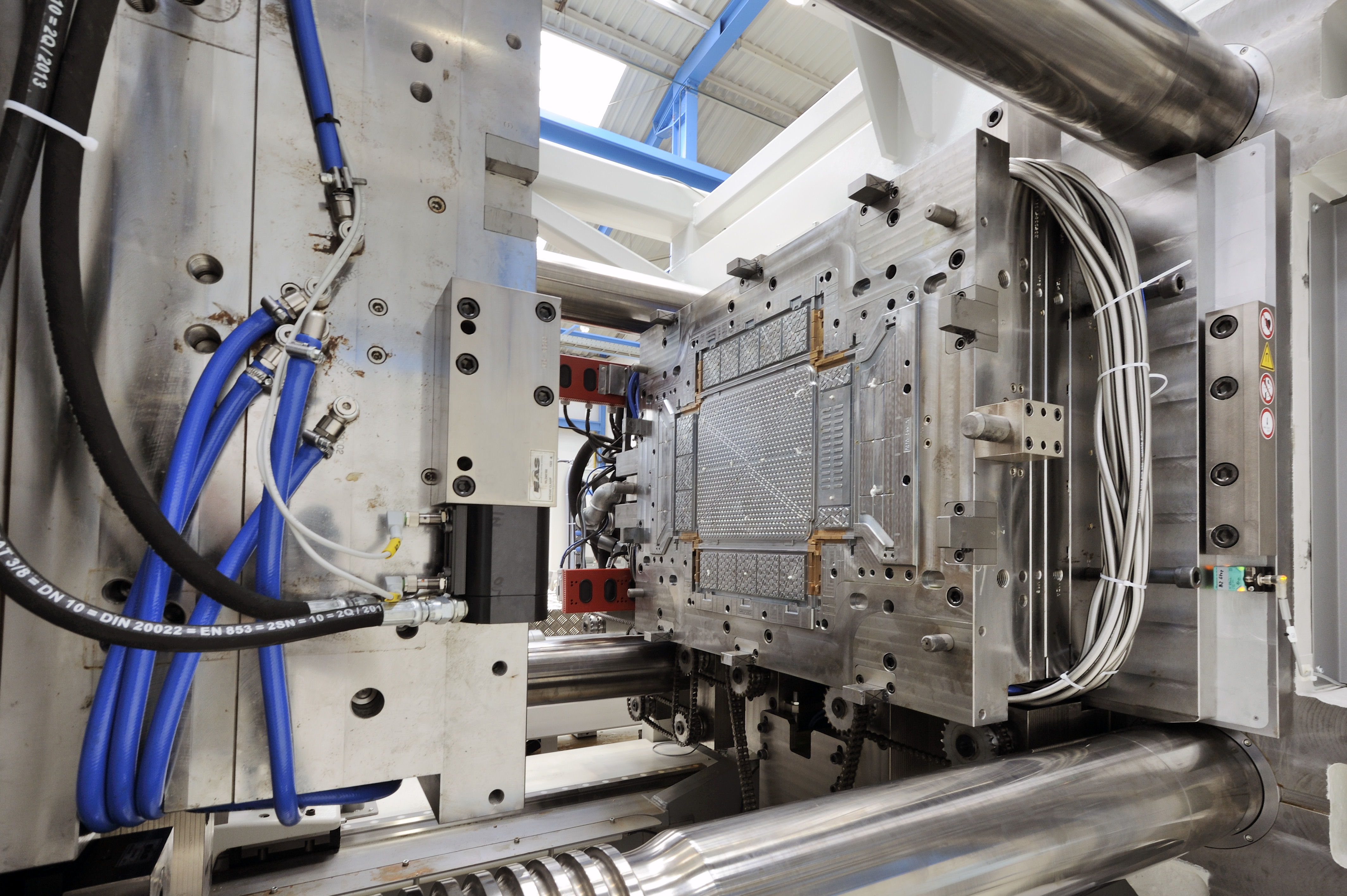Understanding the Basics of Plastic Shot Molding Processes
Plastic shot molding works as a cornerstone of modern-day production, supplying a systematic strategy to producing complex components with precision. This procedure not just includes the basic actions of melting and injecting products into molds yet also involves a nuanced understanding of various influencing aspects, such as temperature and pressure. As industries progressively require effectiveness and high quality, the details of this methodology end up being extra critical. Discovering these necessary components could disclose just how even minor adjustments can lead to considerable enhancements in manufacturing end results, questioning concerning the capacity for advancement in this recognized process.
What Is Plastic Shot Molding?
Plastic shot molding is an extensively used manufacturing process that transforms polycarbonate and thermosetting products right into exact and complex forms. This strategy is favored for its capacity to create high volumes of similar get rid of extraordinary precision, making it an indispensable technique in numerous markets, consisting of automobile, consumer goods, and medical devices.
The procedure includes melting the chosen plastic product and injecting it right into a mold under high pressure. The mold, designed to the specs of the desired part, allows the liquified plastic to form as it cools down and solidifies. Once the material has hardened, the mold is opened up, and the completed component is expelled.
Plastic shot molding offers a number of benefits, consisting of decreased waste, uniformity in production, and the capacity to incorporate intricate styles that might be testing with various other manufacturing approaches. Additionally, it supports a broad variety of products, each supplying unique properties that can be tailored for details applications. As industries remain to introduce, plastic shot molding stays at the center, allowing the development of innovative items that satisfy developing customer needs.
The Shot Molding Process
The shot molding procedure is an advanced method that entails a number of key stages to generate top notch plastic parts. Plastic pellets are fed into a heated barrel where they are thawed into a thick liquid. This molten plastic is after that infused under high stress into a precision-engineered mold, which shapes the product into the preferred kind.
When the mold is filled, the plastic is enabled to cool down and solidify, taking the form of the mold cavity. Air conditioning time is essential, as it impacts the cycle time and the last properties of the shaped component. After sufficient air conditioning, the mold and mildew opens, and the completed element is expelled making use of ejector pins.

Materials Utilized in Injection Molding
Different materials can be used in the injection molding process, each offering distinct residential or commercial properties that provide to specific applications. One of the most typically made use of materials consist of thermoplastics, thermosetting plastics, and elastomers.

Thermosetting plastics, like epoxy and phenolic materials, undergo a chemical adjustment during the healing process, leading to a stiff, stringent structure. These products are suitable for applications needing high warmth resistance and architectural stability, often made use of you can check here in electric insulators and auto parts.
Elastomers, consisting of silicone and rubber-based materials, offer versatility and resilience. Their unique residential properties make them appropriate for applications that demand elasticity, such as seals and gaskets.
Furthermore, specialty materials like bio-based plastics and composites are gaining grip for their environmental benefits and boosted efficiency characteristics, expanding the extent of injection molding applications in different markets. Understanding the residential or check my blog commercial properties of these materials is crucial for picking the appropriate kind for specific tasks.
Advantages of Injection Molding
Injection molding sticks out as an extremely reliable production process that provides numerous advantages for creating complex components with precision. Among the most considerable advantages is the capacity to create complex styles that would be difficult or impossible to achieve with various other methods (Plastic Injection Molding). The process enables tight resistances and in-depth attributes, ensuring high-grade parts
Additionally, shot molding is known for its fast manufacturing capabilities, making it an excellent choice for high-volume manufacturing. Once the mold is developed, parts can be produced promptly, lowering lead times and enhancing overall productivity. This efficiency not only decreases production costs but also gives an one-upmanship out there.
The versatility of products used in shot molding better boosts its appeal. A vast array of thermoplastics and thermosetting polymers can be employed, allowing suppliers to select materials that best meet their specific requirements, consisting of strength, adaptability, and warmth resistance.
In addition, the procedure decreases waste, as excess material can commonly be reused and recycled. This sustainability element adds to a decreased ecological effect, making shot molding a responsible manufacturing choice. Generally, the benefits of injection molding make it a preferred approach for lots of sectors.
Elements Influencing Product High Quality
While countless variables can influence item quality in shot molding, comprehending these components is crucial for attaining ideal results. Trick facets consist of product choice, processing parameters, and mold and mildew style.
Material choice plays an essential function, as various polymers show special properties that influence flowability, strength, and thermal stability. Insufficient product option can result in problems such as warping or insufficient filling.
Processing specifications, including pressure, cycle, and temperature time, need to be meticulously managed. Variations in these setups can result in inconsistencies partially dimensions and surface area coating. Excessively high temperature levels might create deterioration of the polymer, while inadequate pressure can result in brief shots.
Mold design is just as important, as it identifies the flow of the molten plastic and the cooling procedure. Badly developed mold and mildews may lead to irregular cooling rates, causing residual tensions and dimensional inaccuracies.

Conclusion
Finally, plastic shot molding works as a crucial production process that allows the efficient manufacturing of high-quality parts. Mastery of the injection molding process, including the understanding of materials and the impact of numerous aspects on item high quality, is necessary for achieving ideal outcomes. The advantages of this method, such as cost-effectiveness and layout flexibility, additional emphasize its importance across numerous industries, solidifying its standing as a favored option for high-volume production.
Plastic injection molding offers as a keystone of contemporary manufacturing, offering a systematic strategy to generating complicated parts go to this site with precision.Plastic shot molding offers several advantages, consisting of lowered waste, uniformity in production, and the capacity to incorporate detailed designs that may be testing with other making techniques (Plastic Injection Molding). As markets proceed to introduce, plastic shot molding stays at the forefront, enabling the advancement of sophisticated products that fulfill developing consumer demands
The shot molding procedure is an innovative strategy that includes several vital stages to produce high-quality plastic elements.In verdict, plastic injection molding offers as an important production process that allows the efficient production of top quality components.